To quote Sebastian from Walt Disney’s ‘The Little Mermaid’: “Life under the sea is better than anything they got up there!” and our Irish Sea rock stars are proof of exactly that.
But who do you think is the most rockin’ marine creature?
Paul Naylor
To quote Sebastian from Walt Disney’s ‘The Little Mermaid’: “Life under the sea is better than anything they got up there!” and our Irish Sea rock stars are proof of exactly that.
But who do you think is the most rockin’ marine creature?
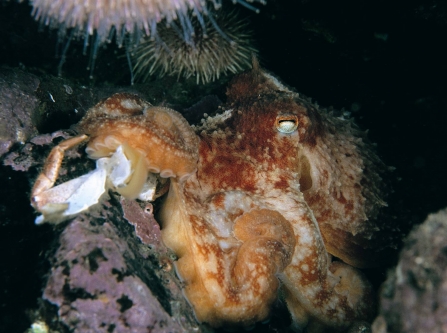
Paul Naylor
With eight legs and three hearts, the common octopus had to be a contender for the Irish Sea’s most rock and roll sea star.
These amazing predators have plenty of tricks up each of their eight sleeves which they use to dazzle prey and confuse enemies.
Incredible camouflage and shapeshifting abilities mean it's more than likely that an octopus will see you before you see them. They can even change the texture of their skin to better blend in with their surroundings. The octopus will then use its super speed and intelligence to catch unsuspecting prey.
Octopuses have an exceptionally strong grip and rows of suckers make escape nearly impossible as it draws prey towards its powerful beak and venomous bite.
If you don’t think that the octopus is an absolute rock star yet, you should see it’s grand exit; creating a large ink cloud into which it disappears.
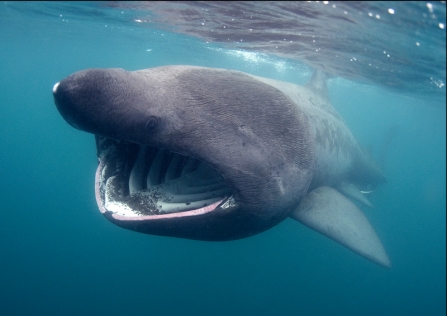
JP Trenque
Reaching up to 12 meters in length and weighing up to six tonnes, when it comes to rock stars of the Irish Sea, basking sharks couldn’t be missed off our list.
Basking sharks travel to the UK each year between May and September, putting on quite a spectacular show as they feed on massive clouds of plankton with their gigantic, meter-across mouths. Thankfully that mouth of theirs isn’t filled with teeth. These are gentle giants that feed passively, filtering around 2,000 cubic metres of water per hour.
Basking sharks may be big stars of the Irish Sea but when they aren’t feeding in the warmer shallows, they are pretty secretive and very little is actually known about their lives, where they live, how old they get or even where they go after the summer.
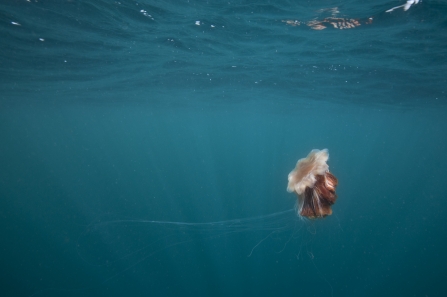
Alexander Mustard/2020VISION
Another Irish Sea giant, but this one comes with a bit more clout. The lion's mane jellyfish's tentacles, which can reach three meters in length, are packed with stinging cells ready to give quite a shock to their prey. These ferocious jellyfish are also no strangers to a bit of cannibalism, feeding on smaller jellyfish should that find themselves tangled amongst their thick mane.
Lion's mane jellyfish will also put on their very own light display. Their bioluminescence means they can produce their own light and glow in the dark.
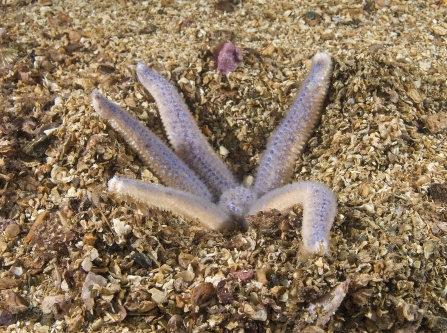
Paul Naylor
They might have got their name because of their shape, but I like to think they got their name because they are absolute rock stars.
Did you know, if a starfish loses one of its legs, that’s no problem at all – it will just grow a new one. Cut a starfish in half (why would you?) and it's still fine - in fact, it just grows into two new starfish.
You might want to hang out with a starfish at your next rock gig, but make sure it’s eaten first. After actively hunting for its shellfish prey using special receptors on its skin, the starfish uses its strong arms to prize the shells apart. Now, here's where things get gross. The starfish will then insert its own stomach into the shells, dissolving the prey with its digestive juices, before reabsorbing the stomach back into itself, sucking the shellfish soup back with it. That’s pretty rock and roll.
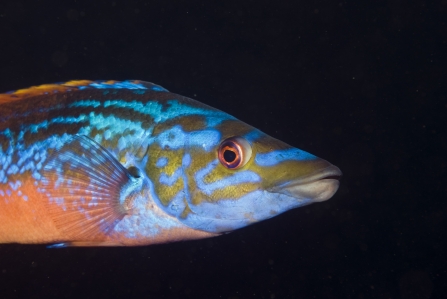
Linda Pitkin/2020VISION
It’s rock-star girl-power for cuckoo wrasse who all start their lives as females. If they choose, they can change their sex and turn into males. The usual set-up is a single dominant male on a reef of females. If the male dies the dominant female changes sex and becomes the top male.
Cuckoo wrasse really are true rock stars, dazzling the rocky reefs with brilliant and beautiful colouring that makes them look positively tropical. The female is orangey-pink with black and white spots on her back, and the male has electric blue markings on his head and back. That’s quite a look.
Who do you think deserves to be crowned the ultimate rock star of the sea? The cunning octopus, the mega-mouth basking shark, the fearsome lion's mane jellyfish, the self-replicating starfish or the technicolour cuckoo wrasse?
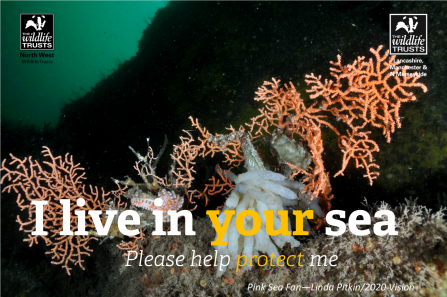
Linda Pitkin/2020VISION
Our Irish Sea is beautiful, lively and full of character. Let’s keep it that way. Support our marine campaign and let’s see our seas continue to rock.